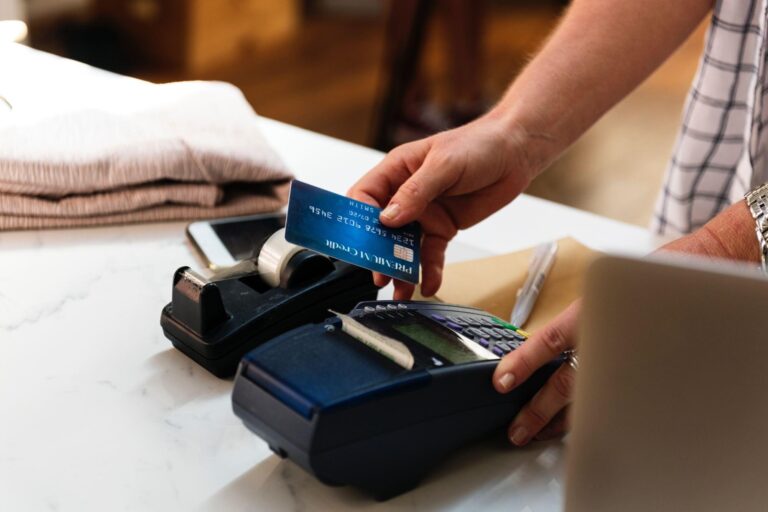5 Things You Need Before Launching an App-Building Startup
When it comes to launching a mobile app, there are so many things to consider. You’ll need to map out the user experience for your app, then write down all of your ideas and features. From there, you’ll be able to determine who will be using your app and how much it will cost to build out all the features. If you’ve been thinking about starting a mobile development startup but aren’t sure where to begin, here are some tips that can help:
Recognize a Need
Find a pain point that isn’t yet solved by an app or find a better solution to an existing problem. Understanding and meeting customer needs is a cornerstone of successful app-building startups. In order to create an app that will be used by customers, you need to identify what problem it solves and why people would want to use your solution over other options.
You can research the market and look at all of the existing apps in your industry to see which ones are doing well. You could look for a gap that isn’t being filled at that moment. You can even talk with potential customers.
Create a Product Specification Document
Also known as a mobile app requirements document, this document is an outline that guides your team every step of the way of development. Knowing what features you want to include can help you immensely as you set out to create your first app for your app-building business. For example, if you decide to specialise in electric vehicle apps, then deciding upon the tech stack to build an EV companion App is something to think about ahead of time.
You can even think through the features in terms of core features and features that could become upgrades. Creating a mobile app requirement document is crucial to keeping your team updated, informed and prepared. Additionally, you should take advantage of single source authoring tools for your specification document. This is crucial in order to claim ownership and authority over all the steps you and your team took to develop your app. Ensuring your app is properly authored can also help you avoid theft of your intellectual property.
Map Out the User Experience for Your App
The first step in designing an app is to understand the problem you are trying to solve. Next, you should know who your target market is and what features of your software they will use most often. It’s important that you understand how people will use the app and identify any potential pain points in the process. While the features are essential, figuring out how users will access them is also necessary. You want the end-to-end experience to be as friendly as possible.
Choose a Revenue Model
Choose what type of revenue model will work best for your app startup. Will you incorporate advertising, paid subscriptions, or charging up-front? Will you offer free core features with the option to upgrade?
Advertising has become the dominant way apps make money, but it’s not right for all startups or apps. For example, if you’re creating an app that focuses on a particular niche market such as healthcare, you may have difficulty finding advertisers who want to reach potential customers in that area. In addition, if your product or service is unique or offers a different experience than what users already have access to, then advertising probably won’t be effective either.
Paid subscriptions are another popular option because they require users to pay up front in order to use the app, and these subscriptions can help fund further app development, new features, and more. They are a good business model for apps that people might use all the time and are especially good if they include new features as they are developed.
Create a Marketing Plan
Create a marketing plan that explains how you’ll reach your target market and get them to download your app. When it comes to marketing your app, you’ll need to ask yourself some critical questions: how will you reach your target market? What is your budget? What is the timeline for launching your product and how will you measure success? Some app developers and businesses pay for in-app ads to get the word out about their new apps while others will leverage the use of influencers on Instagram and TikTok.





